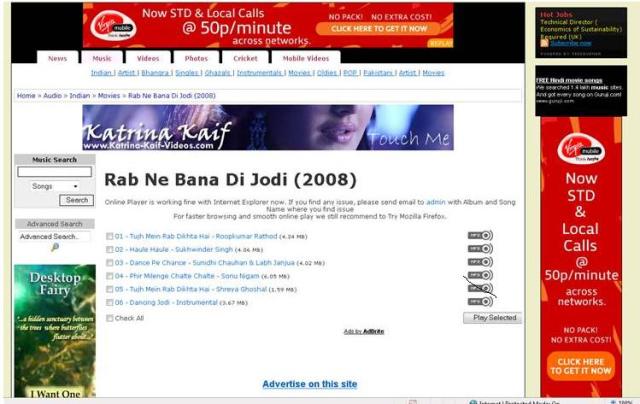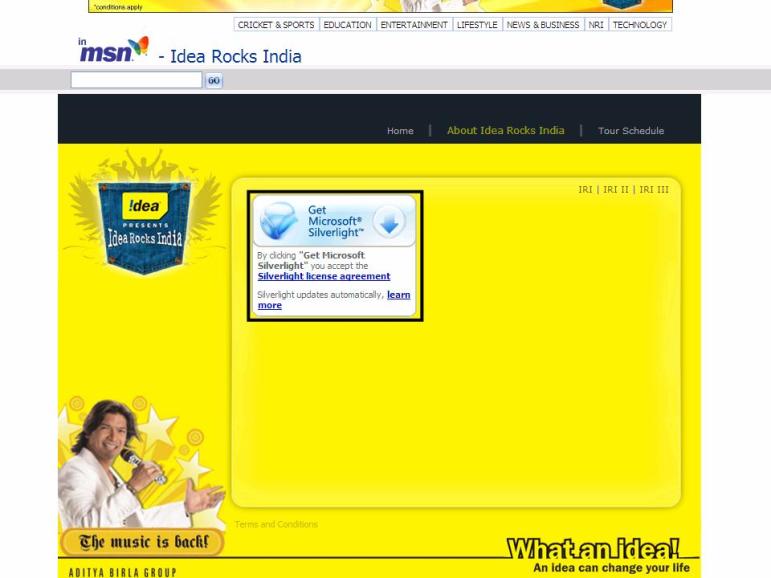Ok, you have used all the extensive analysis, you have used all planning tools to target your audience and you are set for implementation. That’s just half the battle won. If the planned campaign does not result into a proper execution, it will lead you down the misleading analysis and hence, suboptimal or wrong action points. Here are the few things which can help you with an effective campaign.
- Minimize the time in setting up a campaign:
- Creative: If you are not a client, you will agree with me that creative remain the most painful part of making a campaign live. Make sure creative are ready as soon as possible. Most of the times, banners are made once the media plan is finalized. You can minimize this delay by having the static frames of the banners ready along with traditional creative. Next important step is to know who is going to do the creative. Most of the traditional ad agencies may not be fully equipped with expertise to create flash banners. If creative concepts (static frames) are being provided by the ad agency and the banner is being done by the specialist agency, make sure to have at least one meeting with all of them together to have a workable deadline, if not ideal. If you want to use multiple creative throughout the campaign, convening a meeting is all the more important.
- Creative Testing: Once the creative are ready, they go to publishers for a ‘Quality Check’ or ‘QC’. QC time may vary from international vendors to domestic vendors. If creative fail QC, there would be time involved in rectifying the banners. So, keep a buffer of maximum a day for testing (assuming creative vendor has a good turnaround time). If you are doing an Innovation, keep maximum 2 days for testing & revisions. Losing a slot for your innovation may mean choosing the next available date which may or may not be feasible from campaign point of view.
- If you are using third party ad serving, keep an additional day for the campaign setup.
Above things will ensure that you will be live on all the websites as per your schedule. This in turn will ensure a desired campaign life.
- Optimizing the campaign:
Once your campaign goes live, it’s time to optimize the campaign. But before you start optimizing, make sure you have given enough time for campaign to pick up. Don’t rush into it. The same applies to post optimization steps. There are two kinds of optimizations:
- Creative Optimization: You can choose between sequential showing of banners and rotating the creative evenly. Stick to whatever works best for you.
- Media Optimization: This requires changing/shifting media properties if they fail to pick up after applying all the optimization steps. This would be as per your defined benchmarks. Most commonly used optimization steps are:
- Changing the Frequency of the campaign.
- Changing (adding/replacing) the position of the media unit with a new one.
- Fixing the creative for certain duration.
- Shift monies from a poor performing website to a better performing site.
- Changing the ad copies & keywords
- Website Optimizations: Changing the landing pages ( high bandwidth to low bandwidth, reducing the number of steps to the desired action, from flash to non-flash)
- Evaluating the campaign:
Once the campaign is over, make sure you not only get a final report but a concrete analysis as well. Remember, reporting is different from analysis.
For performance campaigns, check to see if the goals have been met, where the campaign lacked, which site over performed/underperformed, where you left the users if they dint covert, what the ideal path to purchase was, what was the exposure to conversion frequency, cost per lead etc.
For a brand campaign, you can measure the following:
- Most common metrics: Click Through Rate, eCPM, Unique Users, Cost Per Unique Users, Banners Expansion rates, Dwell time etc
- Additional metrics:
- Bounce rate: Check how the paid media traffic compares with the site average. This ensures you to see if traffic driven was quality traffic.
- Time spent: You can compare to see time spent by paid media traffic vis a vis other traffic sources.
- New Users: This metric allows you to see whether paid media campaign drove more new users or returning users.
This guide may not be exhaustive but can help you gives a head up on the most common issued faced while executing a campaign.

